Painting is something most homeowners end up doing themselves at some point. Whether it’s freshening up an old room or repainting a damaged coat on the exterior, painting is a very useful skill to have. You can always hire a seasoned veteran of the trade, but knowing how to do it yourself will save you in tight situations where hiring someone may not be an option.
While it may seem like there is no best way to paint a room, when it just involves dipping a brush in a can of paint and then throwing it at a wall, painting is not easy to get right. But with a few DIY painting tips from the pros themselves, you will have very little trouble painting the interior and exterior of your house with flawless results.
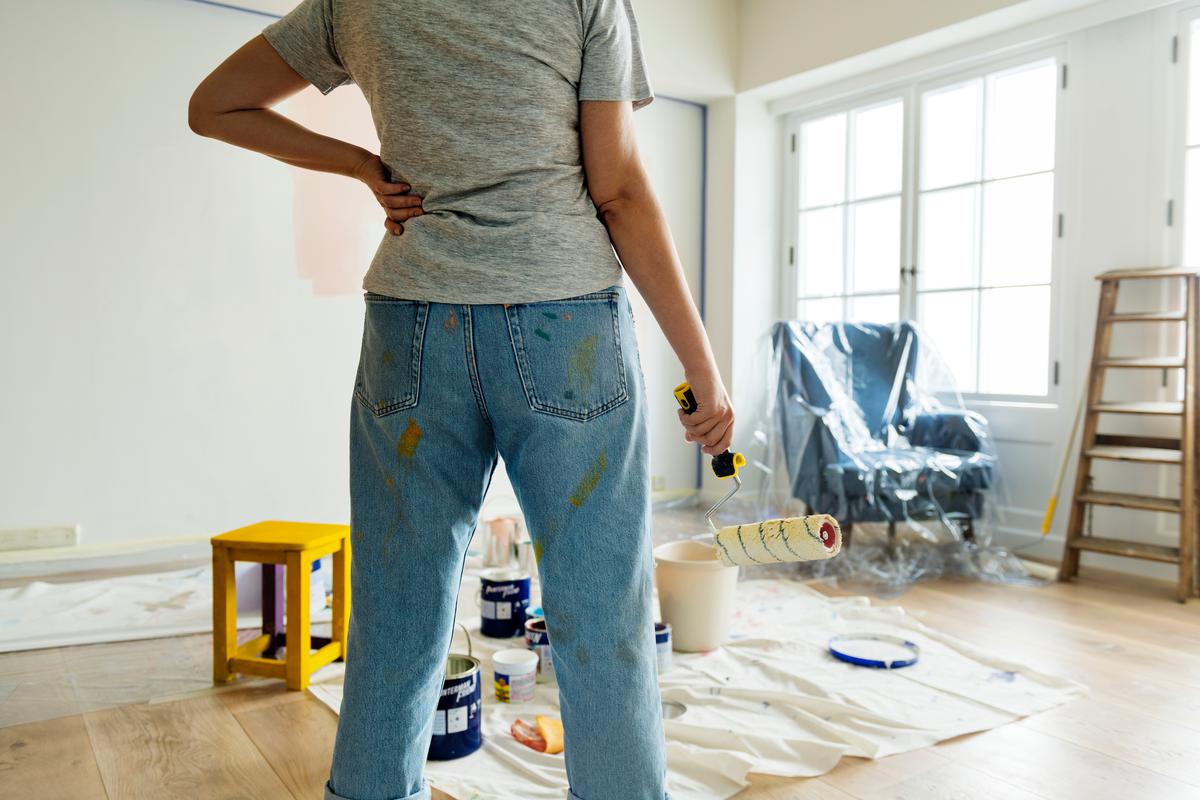
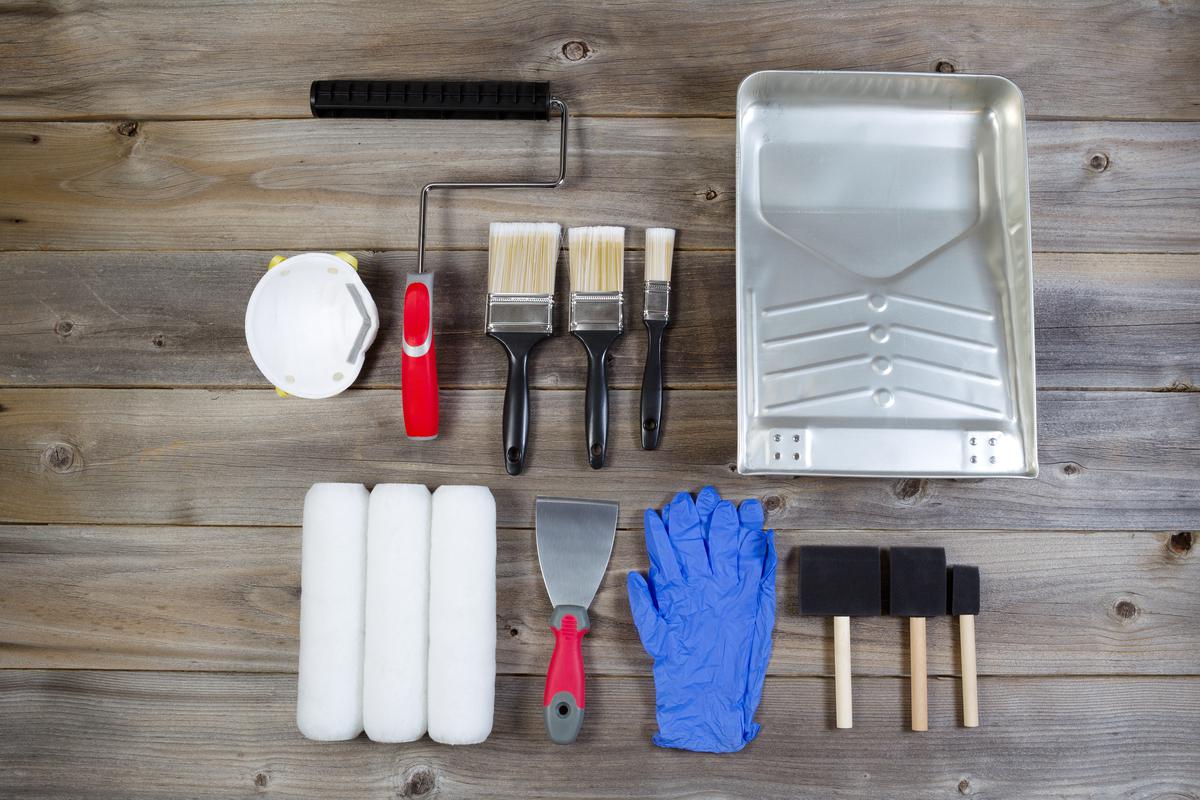
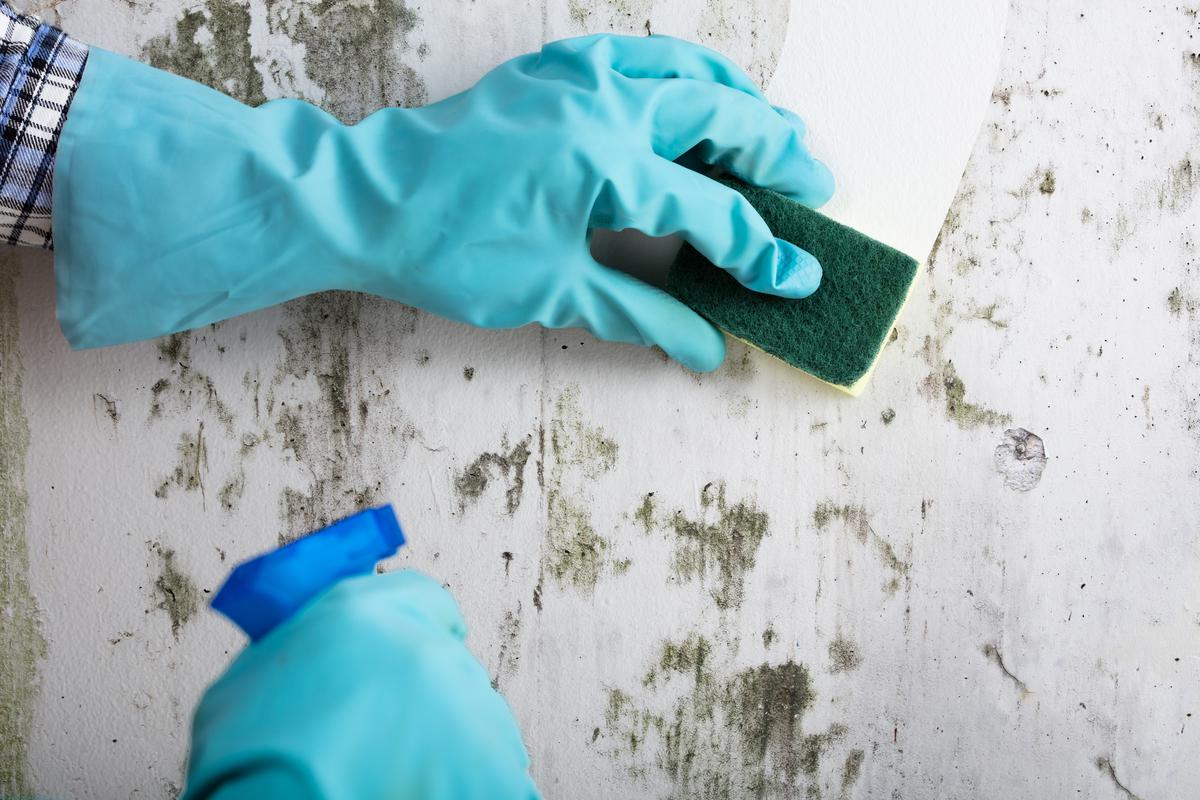
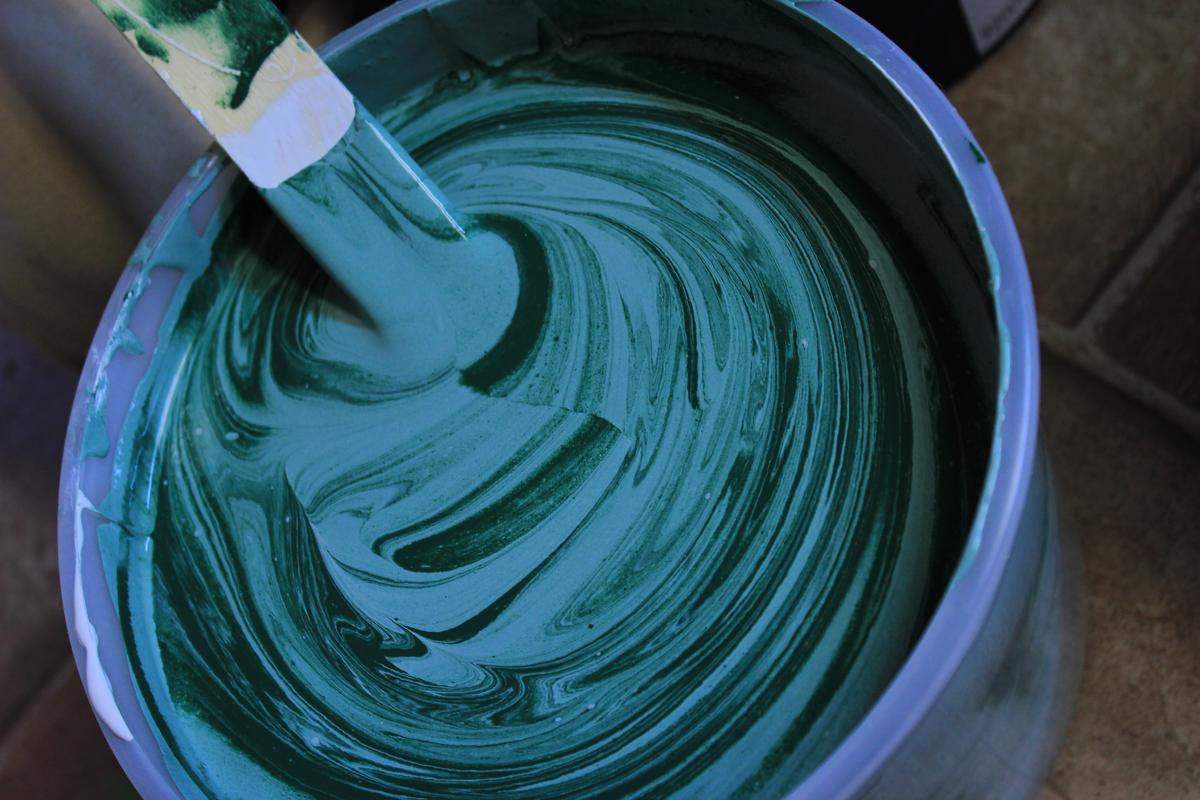
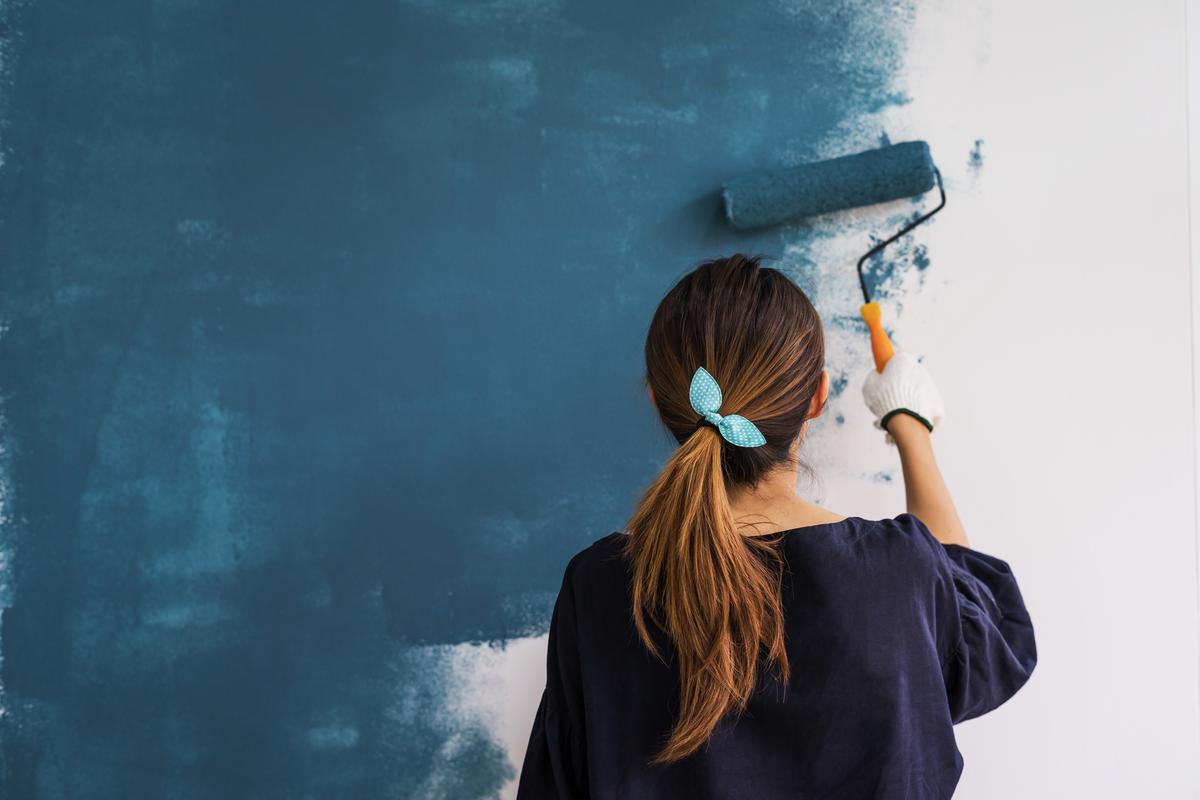
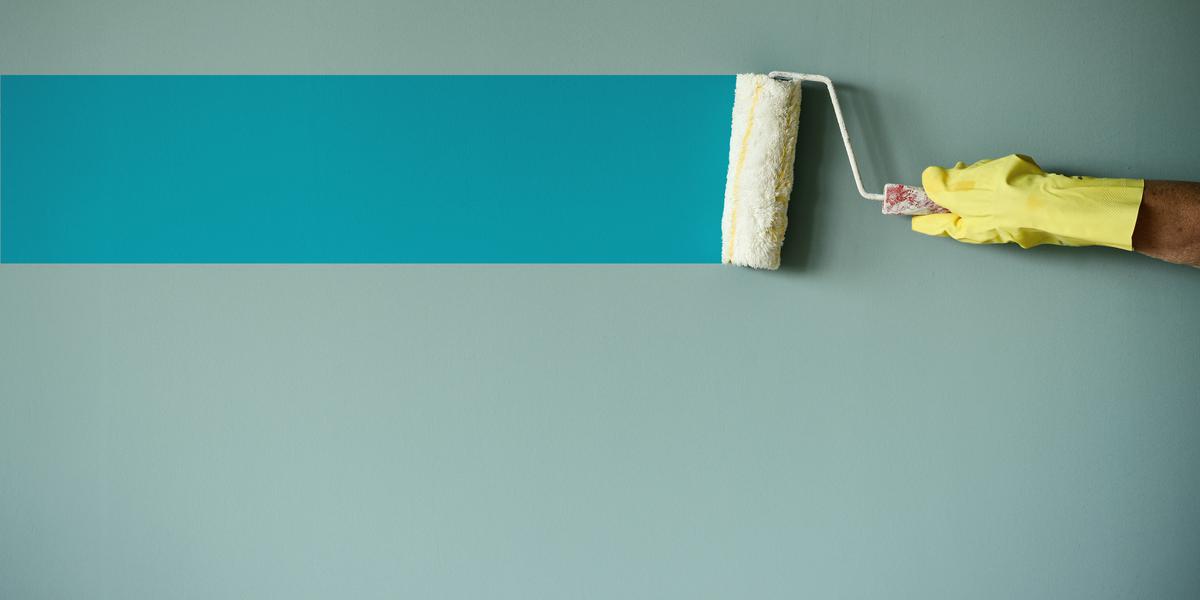
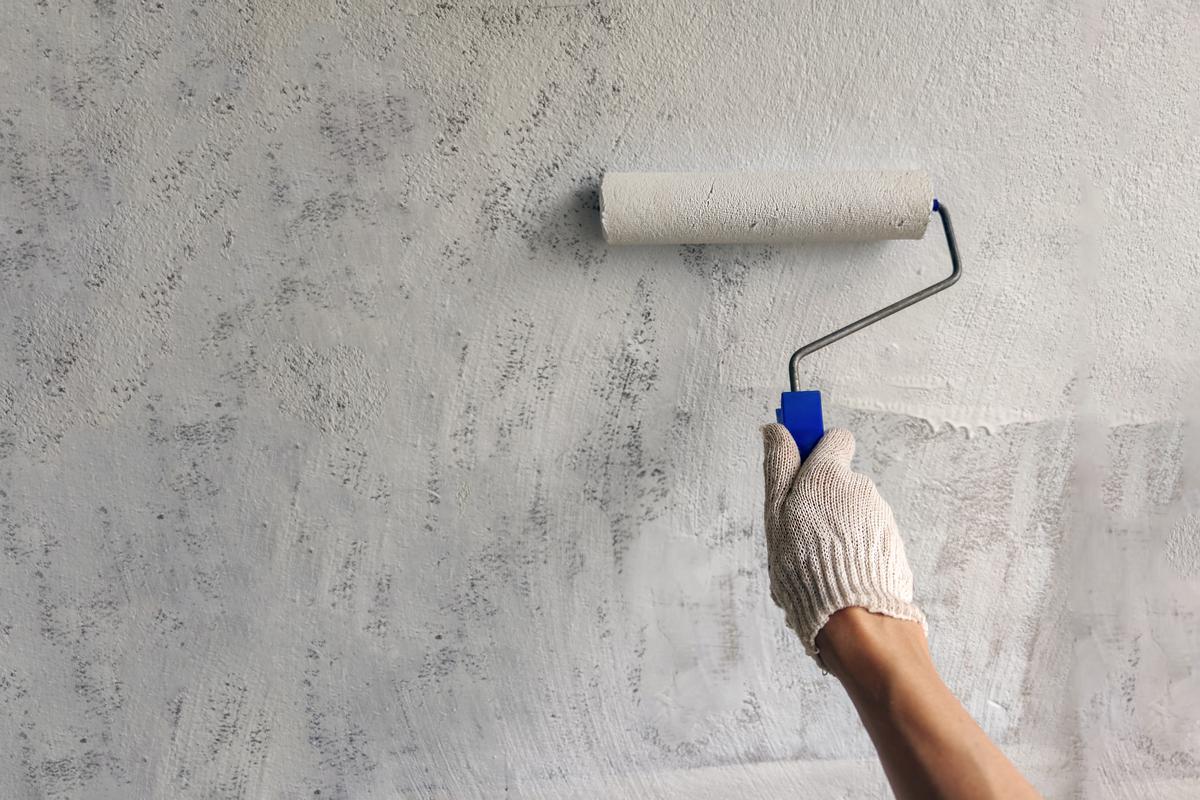
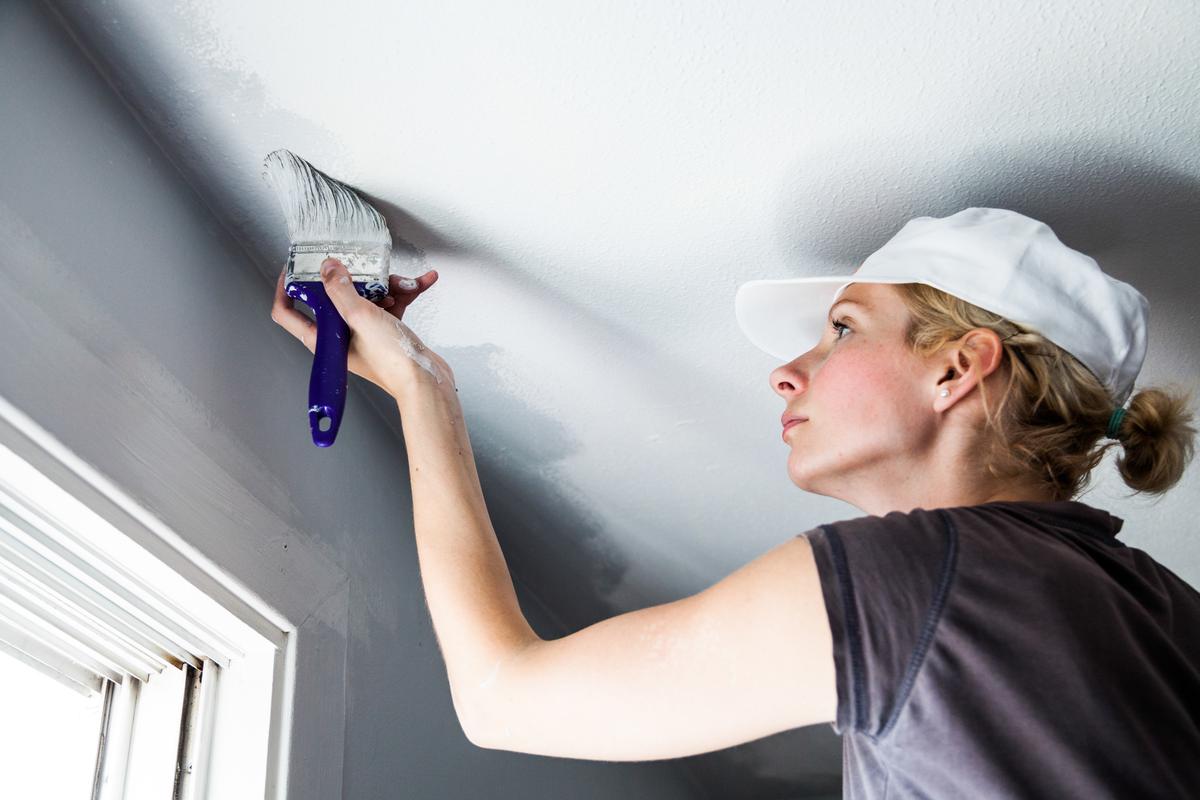
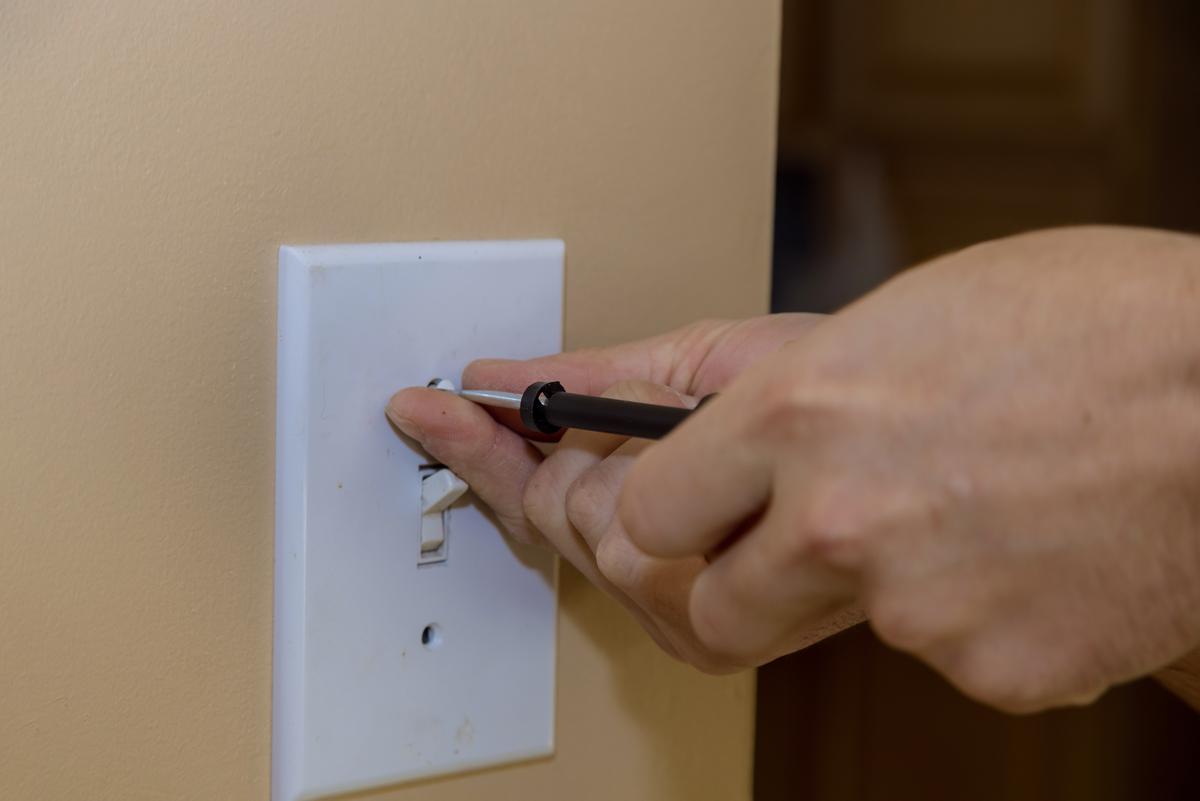
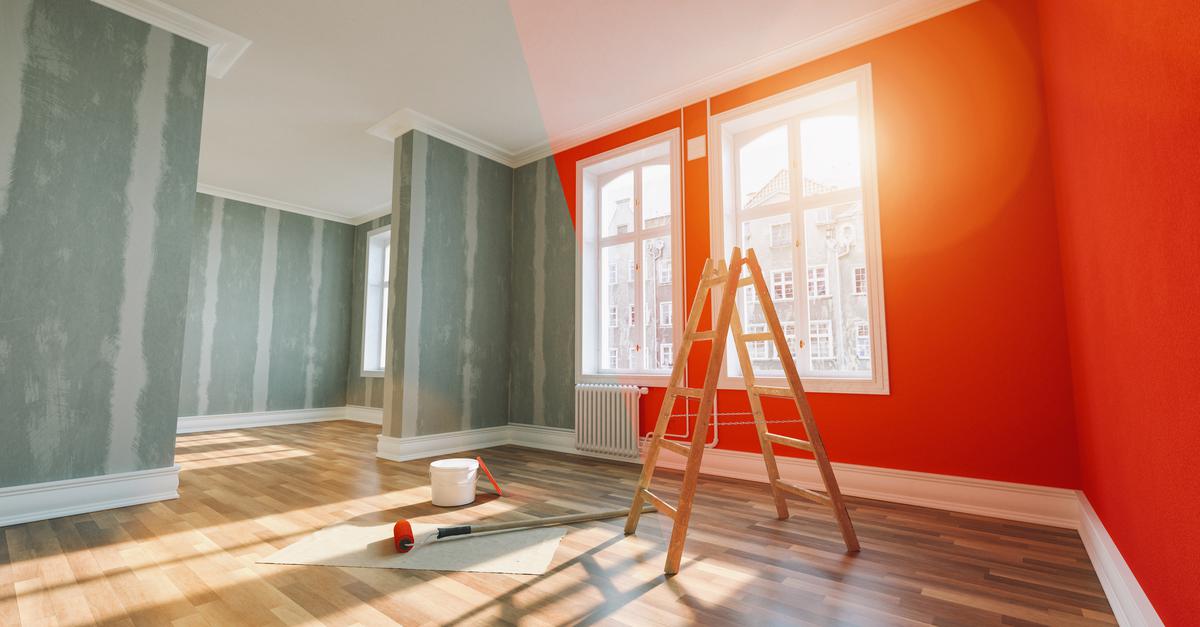
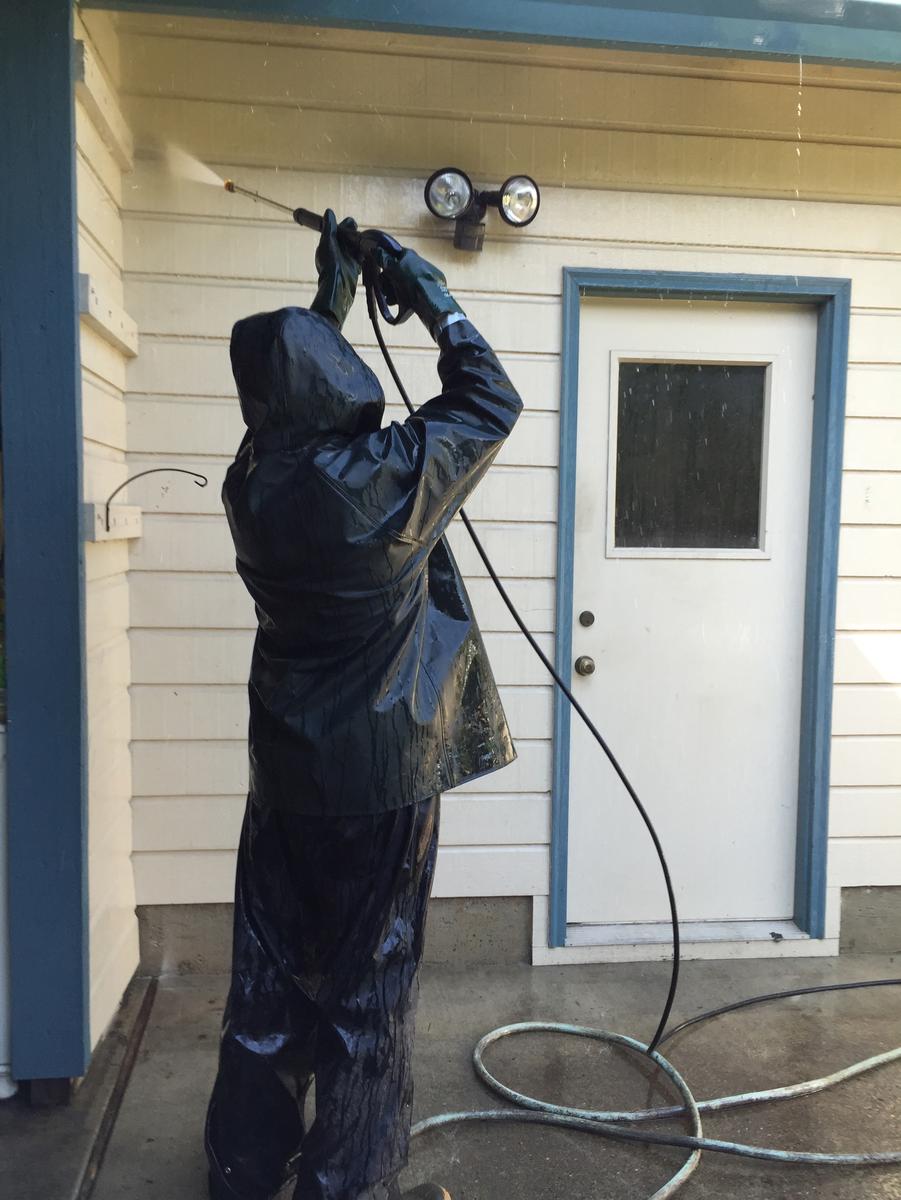
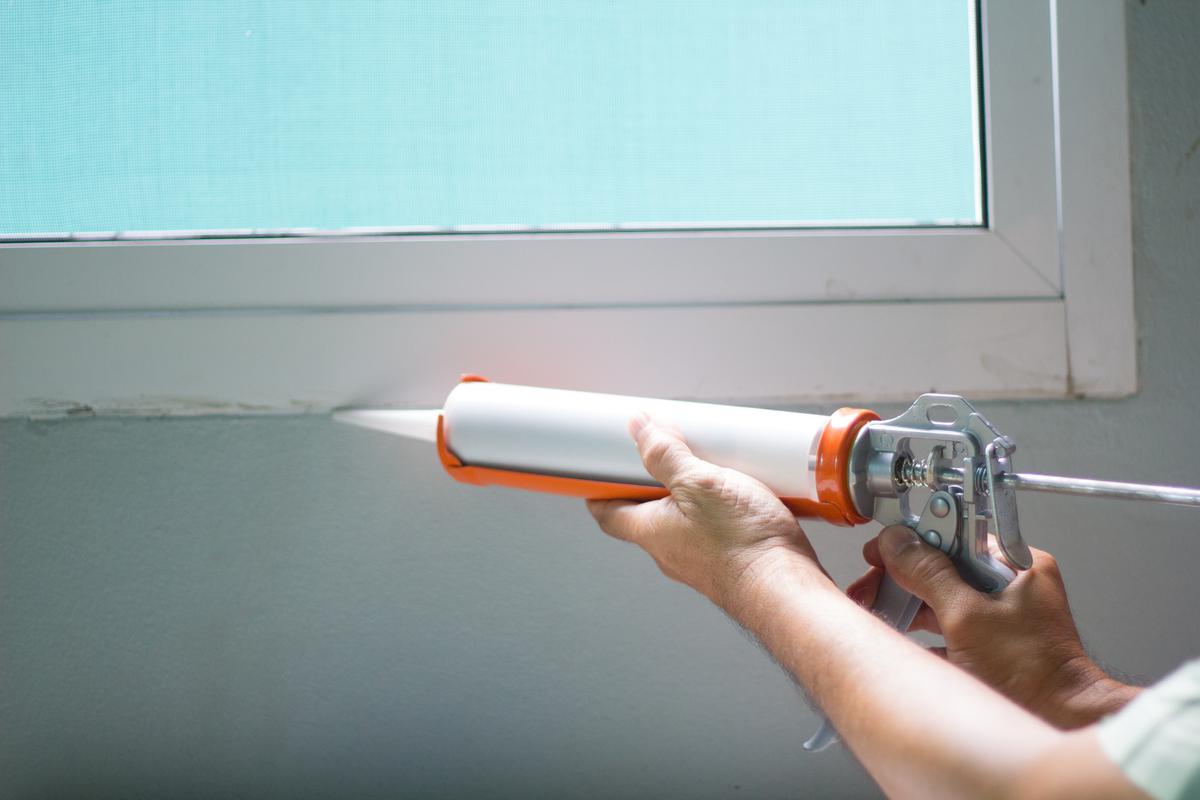



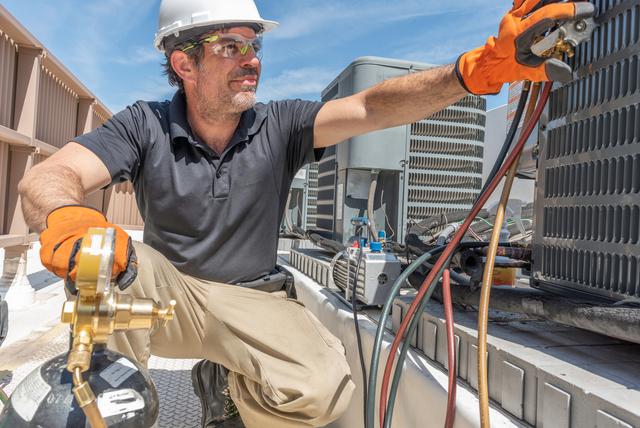
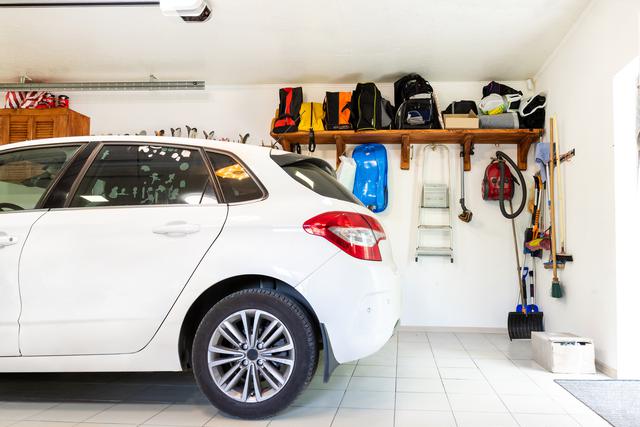
comments